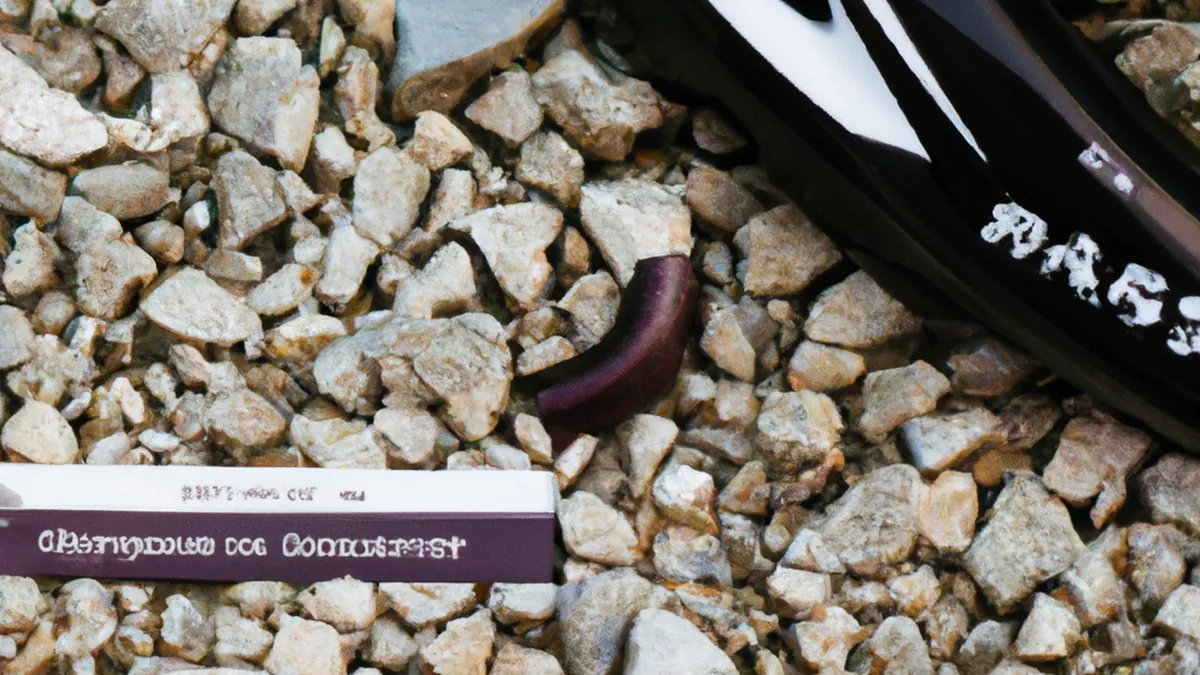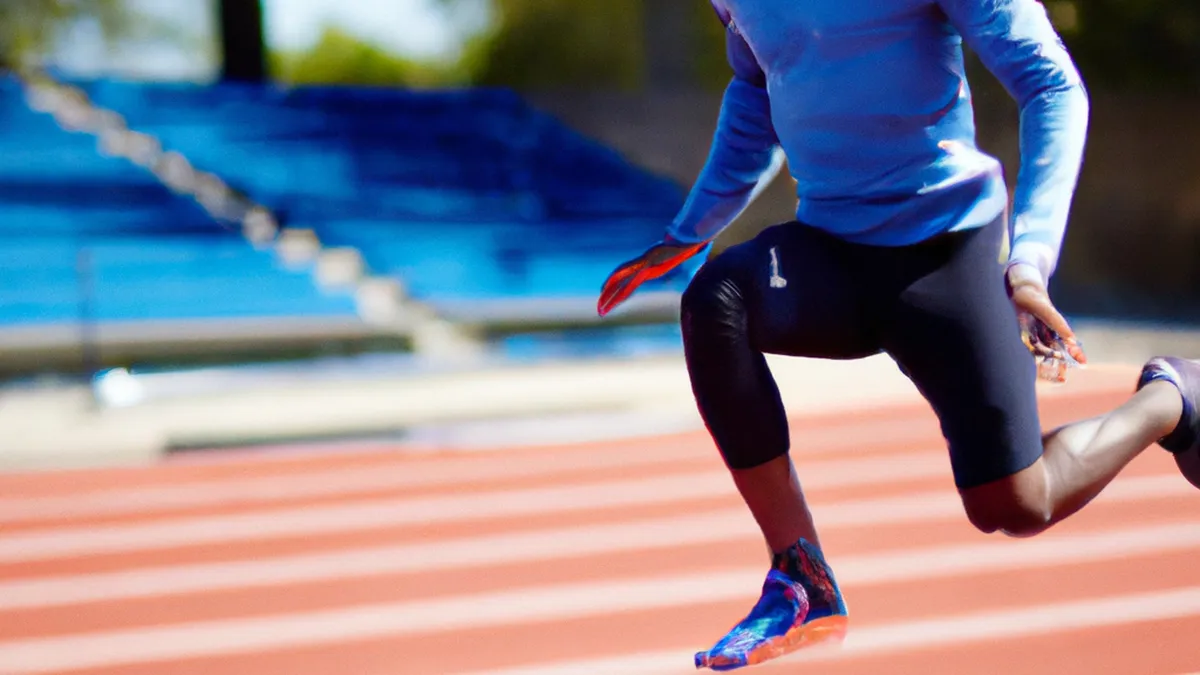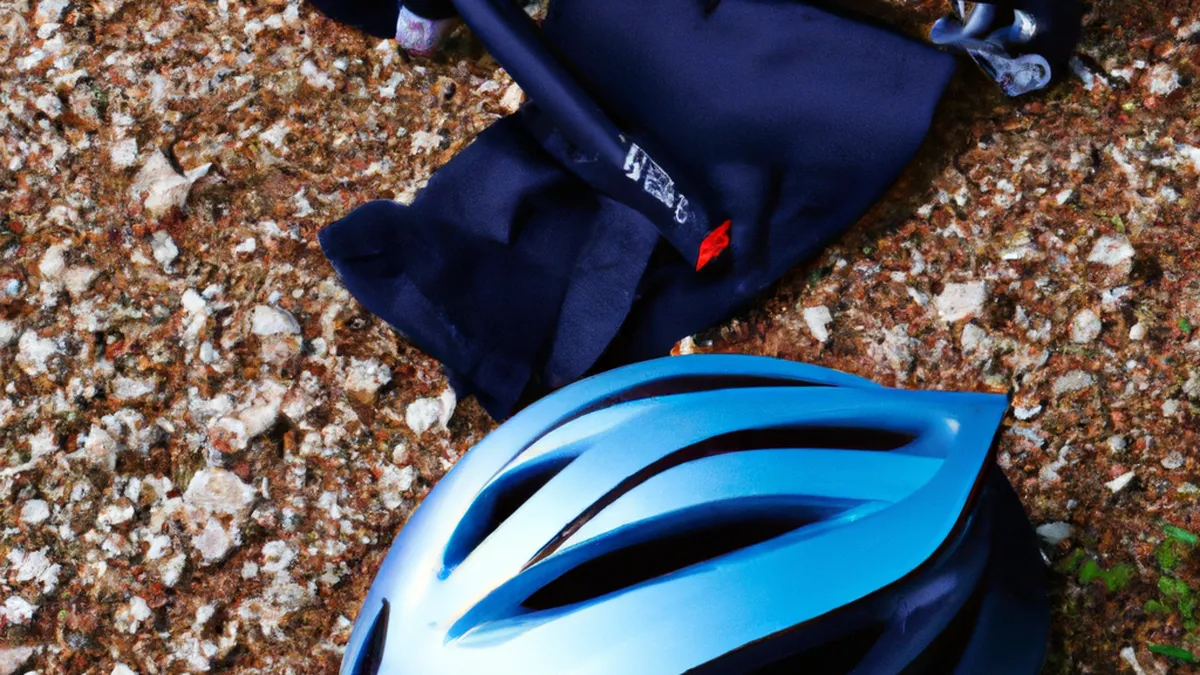Sharp Turns: Gravel Riding Essentials
Cornering Techniques on GravelGravel riding presents unique challenges and rewards that differ from road cycling. The loose, uneven surface can feel both exhilarating and intimidating, especially in corners. Master cornering on gravel to enhance performance, safety, and enjoyment. This guide shares effective cornering techniques for gravel riding, helping you gain confidence and control.
Understanding the Gravel Surface
Gravel varies in texture and size, affecting your riding experience. Some surfaces feel loose and unstable, while others remain compacted and firm. Understand gravel conditions to adapt your cornering techniques. Before a turn, assess the gravel quality. Is it wet or dry? Is it loose or packed? This analysis helps you anticipate your bike’s behavior during turns, allowing you to adjust your approach.
Look Ahead
As an Amazon Associate I earn from qualifying purchases.
Gear tip: consider cycling shoes, bike computer, and power meter to support this topic.
Maintain focus while cornering by looking forward. Keep your eyes on the path ahead instead of staring at the ground. Focusing too much on the ground can cause you to miss obstacles or terrain changes. By looking ahead, you can better anticipate the corner’s shape and hazards. Spot your destination instead of your current position; this shift improves balance and control, enabling smoother navigation through turns.
Choosing Your Line
Selecting the right line through a turn impacts your cornering success. The ideal line often depends on gravel conditions. If the surface feels loose, aim for packed areas that usually provide better traction. Stay flexible and adjust your line as you enter the corner. Gravel conditions can change quickly, so adaptability maintains control.
Body Positioning
Your body position is crucial for stability while cornering on gravel. As you approach a turn, shift your weight slightly rearward. This motion helps maintain traction on the front wheel, essential for steering and control. Keep your elbows bent and hands relaxed on the handlebars. A relaxed grip allows better control over bumps and slides, helping you respond effectively to your bike’s movements.
Lean into the Turn
Leaning into the turn is vital for balance and control on gravel. Shift your body to the corner’s inside; this technique lowers your center of gravity and increases bike stability. Be cautious not to over-lean, as too much lean can cause traction loss on loose surfaces. Aim to find the right balance between leaning your body and keeping the bike upright for optimal ground contact.
Use Your Brakes Wisely
Braking techniques on gravel differ from pavement. Avoid hard braking before entering a corner to prevent skidding.
Conclusion
Mastering cornering techniques on gravel enhances your riding performance, safety, and enjoyment.
Below are related products based on this post:
FAQ
What are the unique challenges of gravel riding compared to road cycling?
Gravel riding presents a loose and uneven surface that can be both exhilarating and intimidating. These conditions require specific techniques for cornering to ensure safety and performance while riding.
How can I assess the gravel conditions before cornering?
Before a turn, evaluate the gravel quality by checking if it is wet or dry and whether it is loose or packed. This analysis is crucial for anticipating your bike’s behavior during turns and adjusting your cornering approach accordingly.
Why is it important to look ahead while cornering on gravel?
Maintaining focus on the path ahead rather than the ground helps you anticipate the corner’s shape and any hazards. This practice enhances balance and control, allowing for smoother navigation through turns.















Post Comment